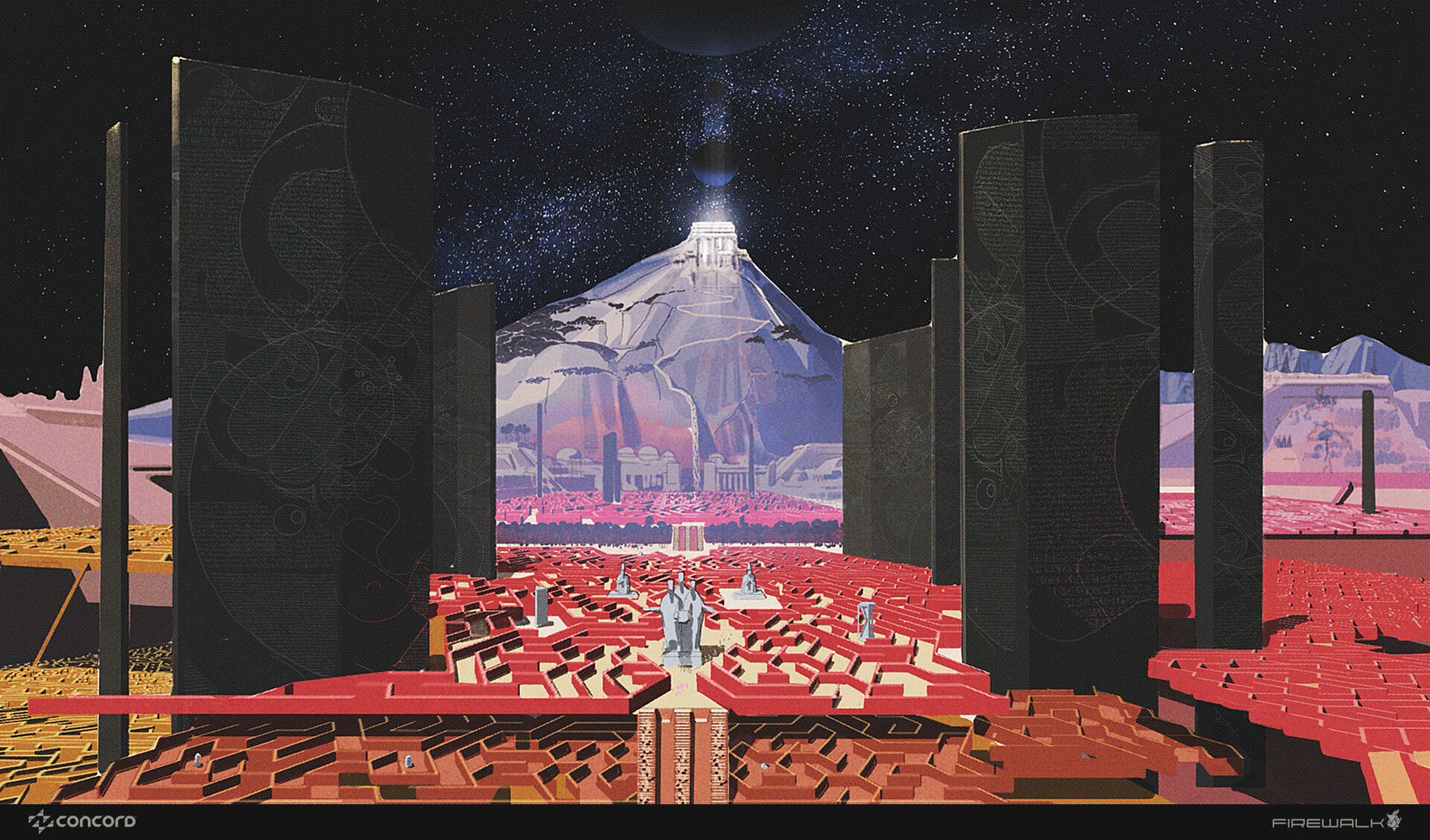How to use reference images: 13 essential tips for artists
Reference images are a powerful resource – here's how to use them well.
Reference images can hinder you if you don’t know how to compensate for the photo’s inadequacies and distortions. Every project is different, but these are the key principles you should follow to use references correctly.
01. Don’t copy the reference exactly

The temptation to copy every pixel of a photo reference is always there for an artist. People and things obviously don't look the same in a photo as they do in real life, so remember that a reference is there for you to gain information about the proportion, values, edges and colours. In order to get a realistic result, you will most likely have to deviate from the reference. Sometimes that deviation will be extreme and other times it will be subtle.
02. Ask if a photo reference is necessary

This may seem like a simple question, but it’s important to ask yourself this up-front. Working from life will give you the most realistic and effective result. That isn’t always possible, but make sure you aren’t just using a photo reference by default. If you can quickly set something up in your studio, without too much hassle, then do it that way.
03. Take the reference photo yourself

When possible, you want to take the reference photos yourself. Each project demands something a little bit different from a reference. It can be tempting to just search quickly on the internet and work with a reference that is not quite what you need. If at all possible, take the extra time and photograph the reference yourself.
04. Look for 'weird' elements
When we see something strange in a photo, we readily accept it. We don’t question the oddity, because of a camera’s inherent ability to document reality. However, as an artist, we need to watch out for those things that might look strange when transferred to canvas or paper. Forced perspective, odd angles or lighting, or even heavy lens distortion can show up in photos. If you are on the lookout for those strange areas, you can compensate accordingly.
05. Avoid over-exposed references

I often see artists utilising references from fashion photographers and other focused fields of photography. Most of the time, this type of reference will not provide what they need. For instance, fashion photographers purposefully eradicate shadows on the face in order to give the model a pristine and flat look. This covers a multitude of flaws in the face, but provides the artist with no information on the structure.
06. Focus on lighting

The lighting in a reference photo should be the most important consideration for an artist. In order to understand the structure of what you are drawing or painting, you must have proper lighting. The lights and darks need to be clearly visible and understandable. The more straightforward the lighting, the better it will translate to a work of art.
Get the Creative Bloq Newsletter
Daily design news, reviews, how-tos and more, as picked by the editors.
07. Remember that photographs harden edges

Photographs naturally harden the edges of different values, unless a filter is applied. A soft transition from shadow to light on a model’s cheek will often look quite harsh in a photo. When you draw or paint from a reference, make sure you err on the side of soft edges. That little bit of compensation will help keep your art from looking flat and unrealistic.
08. Do colour studies separately

Virtually every one of us has taken a photo with the wrong white balance setting, only to find later that our picture is an overwhelming shade of blue or orange. The distortion of colour in photographs can range from subtle to extreme. The best way to combat this problem is to observe the objects in real life, gather as many references as possible, or do colour studies separate from your reference.
Read more:
- Painting techniques: Essential tips for artists
- Art techniques: Expert tutorials for painting and drawing
- Pencil drawing techniques: Pro tips to sharpen your skills

Thank you for reading 5 articles this month* Join now for unlimited access
Enjoy your first month for just £1 / $1 / €1
*Read 5 free articles per month without a subscription

Join now for unlimited access
Try first month for just £1 / $1 / €1
